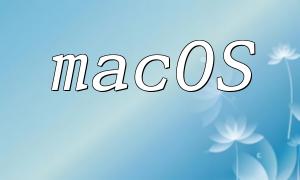In today’s web development landscape, JSP (JavaServer Pages) and PHP (Hypertext Preprocessor) are two widely used server-side technologies. The choice between them depends on various factors such as project type, development goals, and the technical background of the team. This article explores their respective features and application scenarios to help developers make the right decision.
JSP is a server-side page technology based on Java. It allows developers to embed Java code within HTML and offers several advantages:
Highly scalable, making it suitable for large enterprise-level applications;
Cross-platform support due to its Java foundation;
Robust security features thanks to Java’s built-in mechanisms.
Despite its strengths, JSP also has some downsides:
Steeper learning curve, especially for developers unfamiliar with Java and its ecosystem;
May face performance limitations under high-load scenarios without proper optimization.
PHP is a popular open-source server-side scripting language, ideal for small to medium-sized websites and rapid development:
Easy-to-learn syntax, suitable for beginners;
Large community with abundant resources and third-party tools;
Supports many development frameworks like Laravel and Symfony, which help speed up the process.
While PHP is efficient and fast for development, it also has some drawbacks:
Security can be a concern if the code is not written following best practices;
Performance might not be optimal in heavy-load environments compared to Java-based solutions.
Choosing the right technology depends heavily on your project requirements. Below are typical recommendations:
Enterprise-level systems, applications requiring deep integration with Java-based services, or high-security environments are better suited for JSP.
Small to medium-sized projects, applications with tight deadlines or limited budgets, and platforms needing quick deployment are better served with PHP.
Both JSP and PHP have their respective strengths. The key is to match the technology with your specific project goals, technical team capabilities, and long-term maintenance expectations. Whether you choose JSP for stability or PHP for speed, the ultimate aim is to build robust, maintainable web applications.









